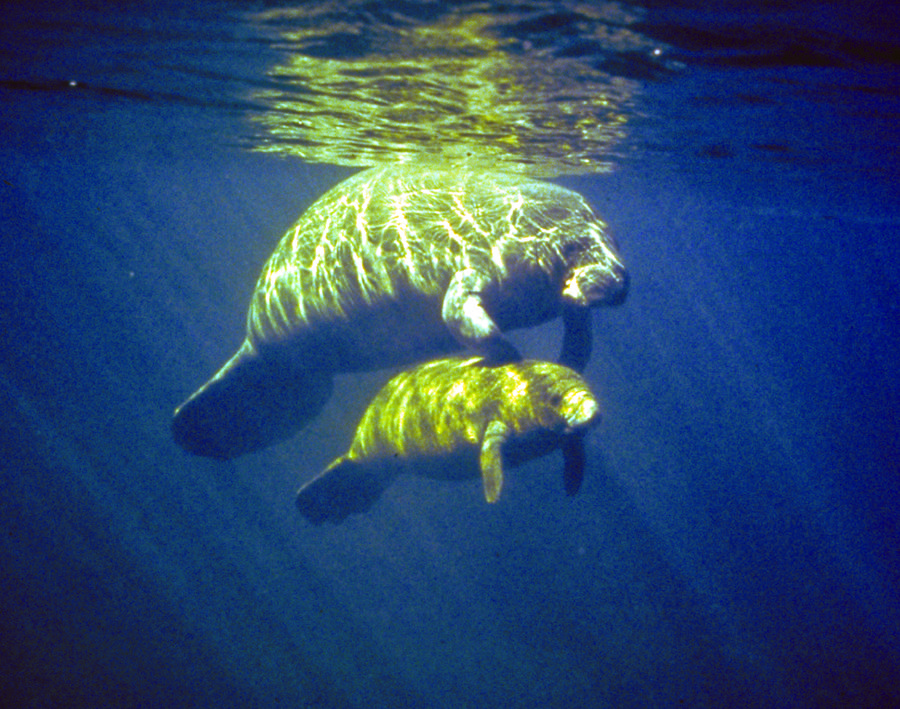More than a thousand manatees have disappeared from Florida this year. These mammals move to the Indian River Lagoon in Brevard County during the winter season. It is in this wintering ground that manatees do not find enough food and starve to death. The authorities want to feed the manatees, but it is illegal.
Florida’s Lagoon Poor on Diet
In the past, manatees migrated to southern waters. They are now gathering near a power plant in the Indian River Lagoon area where hot water flows. They chose this area to overwinter. The problem is that the water is contaminated, which causes the loss of marine plants – the food of manatees.

Pollution and overcrowded seaweed have caused the lack of seagrass and other marine plants. The animals do not have enough food to hibernate safely. The manatees are starving to death. Other areas to which these mammals have migrated are currently blocked by humans-built infrastructure.
Feeding, the Last Chance to Survive
Water management structures prevent several hundred-kilo herbivores from reaching other traditional wintering grounds. Manatees often end up in polluted man-made canals that do not provide them with enough food and expose them to boat transport.

State and federal conservation agencies have created a project that could give manatees a chance to survive. They want to feed them. Experts must test what food the manatees will eat. One option could be to transport algae and aquatic vegetation. They could also use excess vegetables that people no longer want.
While less than 500 animals died last year and in 2019, 1,000 individuals have died this year. However, the approval of the U.S. Bureau of Fish and Wildlife Conservation is lacking, because feeding under federal and state laws is illegal.
Source: https://insideclimatenews.org/news/12092021/florida-manatee-starvation/?gclid=CjwKCAiAtouOBhA6EiwA2nLKH4OLbx0Oc1jf5W1m5zT-9bL9RvkvuPnVQ6agJXDVWkmmLxPEPGH6mxoC3cMQAvD_BwE
Featured image by Ramos Keith, USFWS.















